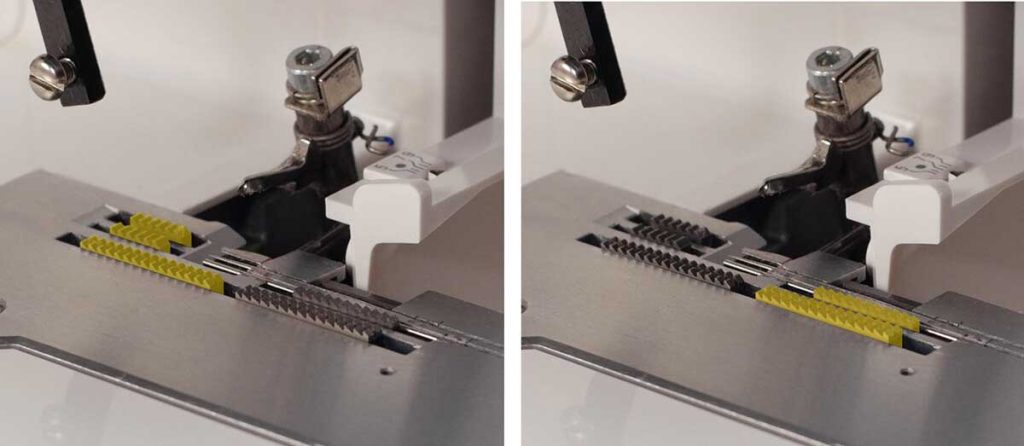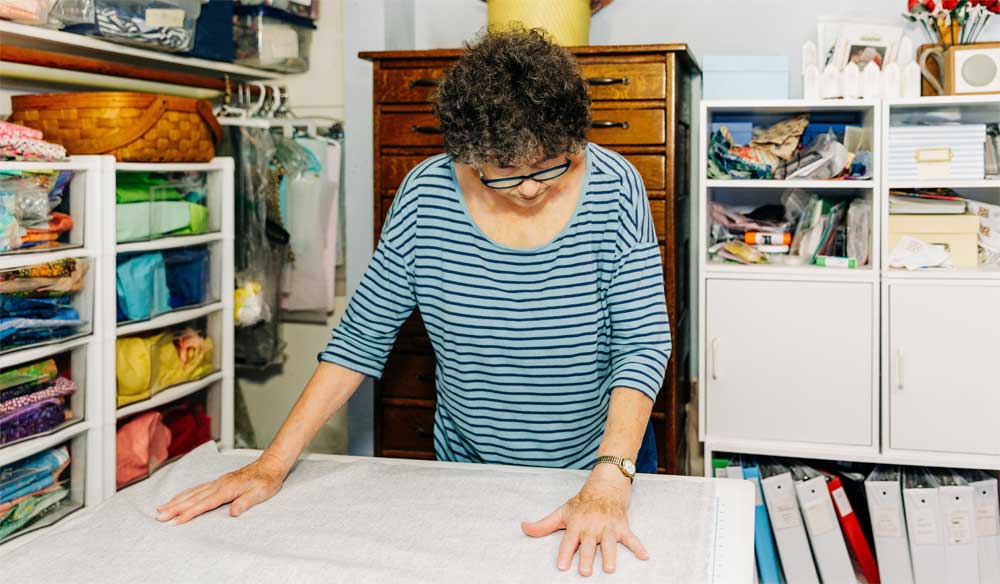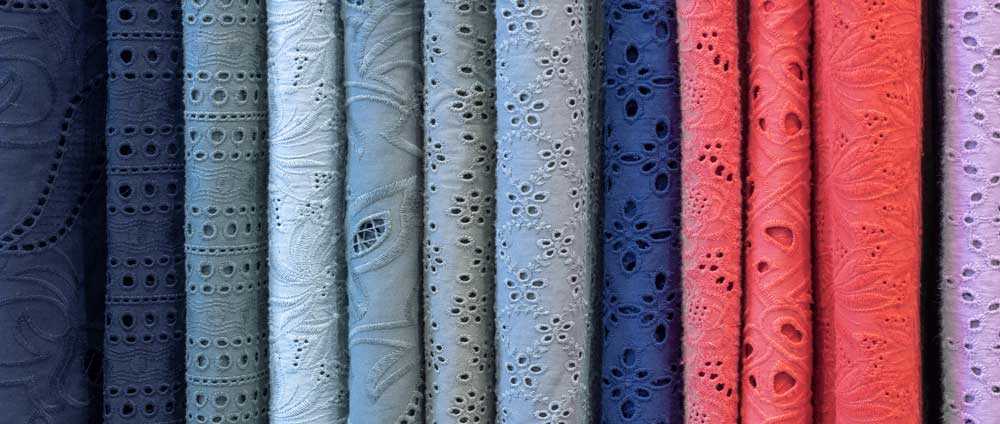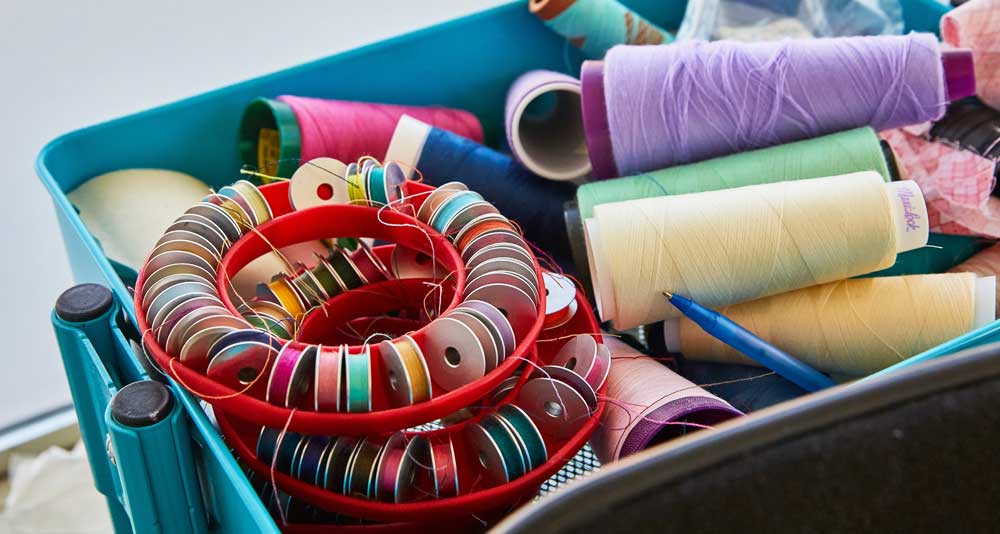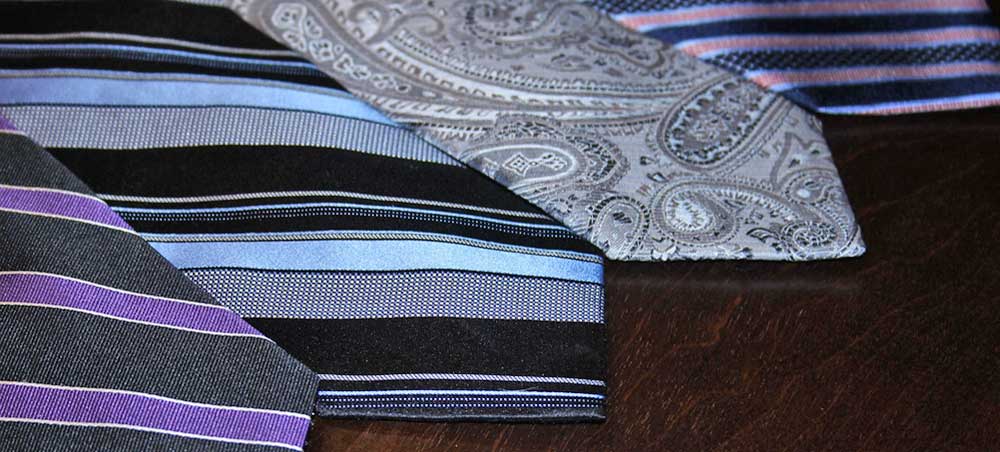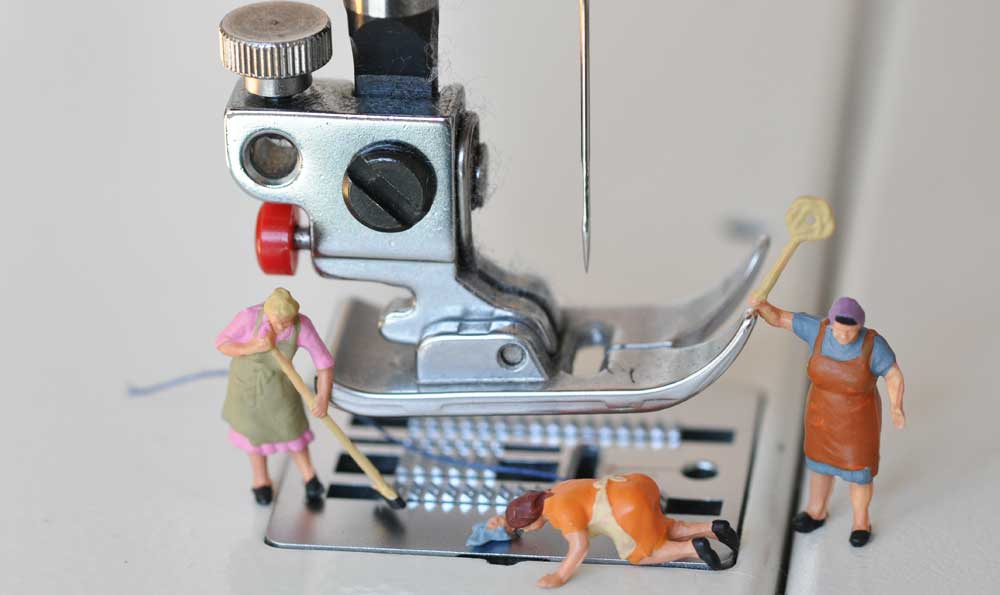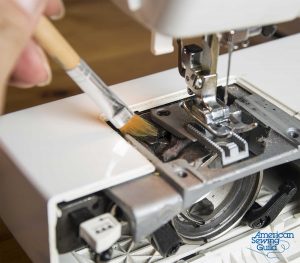Every now and then, while we’re elbow-deep in the archives digging for something entirely different (like sewing archaeologists), we stumble upon a true gem—an “oldie but goodie” that makes us stop, smile, and say, “Well this aged like a fine seam ripper.” This blast from 2010 is one such treasure: a hilarious and heartfelt presentation delivered by an ASG member at a Los Angeles chapter annual meeting. As we read it—nodding, laughing, and maybe snorting once or twice—we realized it’s still sew true today. So of course, we had to share:
Most sewers find sewing creative and fulfilling, if occasionally frustrating, and produce lovely projects. But there’s another aspect of sewing that we can explore…the very human side of sewing.
We learn early on about stitching standards and we face them every time we run up a seam. We ponder, “Move on? Or rip and re-stitch?” We aim for professionalism, but lest we be too perfectionistic and fussy, we might consider the standard told to me by a dear quilting friend whose grandmother critiqued iffy stitching quality thusly: Could you see it from a galloping horse at 30 feet? The message? Relax! It needn’t be perfect. According to my artist sister-in-law, minor flaws are the mark of human craftsmanship.
True Sewing Confessions
Chapter meetings, Neighborhood Group meetings, and sewing classes are wonderful places to meet some super ladies—accomplished, talented, friendly, and helpful women. And I am amazed at what’s shared when a session turns into a gabfest. I mean, there’s such trust and comfort level that we confess our sometimes-dumb behavior, publicly revealing our moments of distraction and mental lapses. Where else would someone confide they nearly burned the house down because they left a hot iron face down on fabric or plastic? Or volunteer that they swear at their sewing machine? Or share that they stitched an entire seam without noticing the needle wasn’t threaded or the bobbin was empty?
In addition, we also admit to things like cutting out two left sleeves and affixing iron-on interfacing to the front of the fabric. Or cutting out an entire project with the fabric facing the wrong direction so the obvious one-way theme is upside down and lament…what was I thinking?

We love classes and can sometimes feel we’re transporting most of our sewing paraphernalia to them, but we can also skid into class late and loaded with gear, and suddenly realize we’ve left not only the machine at home, but the project as well. If you’ve felt chagrined and embarrassed, you’re not alone!
Most of us over a certain age swap frustrations about the most necessary and basic visual requirement of sewing: the challenge of getting the thread through the eye of the needle. And those eyes seem to be getting smaller all the time.
Then we have the grown-up version of grade school show-and-tell, one notable use being to tout new notions discoveries. We’re excitedly sharing our latest find and then someone says, “Oh, those have been around forever!” Or “I bought one last week.” And we secretly feel crestfallen because we wanted everyone to clamor for a demo so we’d be a hero.
The Big Three Topics
There are three topics that create a buzz among sewers. The first is fabric stashes—for which there is near-universal embarrassment and guilt about the addictive lure that keeps it growing. We develop a love affair with fabrics, dreaming up projects, inspired by the sight and feel, color and texture, print and pattern of textiles, and sales that beckon with irresistible bargains. And sometimes we just go crazy!

I’m sure you all have your stories. For me it was a piece of fabric so exquisite my heart did flip-flops. It’s a delicate white silk emblazoned with colorful butterflies in breathtaking detail—absolutely gorgeous—and I gasped at the price—in triple digits! But I was smitten and had to have it so I splurged and bought a quarter-yard. It’s art on fabric and I gaze at it in awe every now and then. So, if your fabric purchases are sometimes accompanied by excitement with a tinge of guilt—welcome to the club. You have lots of company.
The second topic that creates buzz is paused projects—those begun with every intention of swift completion. But if we get stuck, we set them aside to figure out how to get past the problem, and then it’s out of sight, out of mind. Or we start another project, nagged by the memory of that unfinished one. Or… sound familiar? You have lots of company.
The third topic is pattern fitting. The bane of many sewers is adjusting commercial patterns to fit our bodies, which, for many of us, do not remotely resemble the models on the pattern envelopes! We struggle with tissue patterns, fitting shells, and muslin trials, trying to mold pattern pieces to our unique curves and bulges so clothes will fit, feel comfortable, and flatter us. And all this must take place before the cut material slides under the needle, by which time—according to one ASGer—her fickle body has changed size and shape.
The Praise Factor

We sewers freely pass out compliments when we see each other’s projects. But I have a pet peeve about this process. Folks, modesty does not require that you describe all the places you struggled with. My advice to compliment recipients is, “Would you please say “Thank you” before launching into a detailed description of all the flaws you perceive? Honestly, I probably wouldn’t have noticed them and it’s very awkward when I have to defend my own compliment. So, when complimented, look pleased, acknowledge the praise, and share a feature you love about your creation. We’ll both feel good. Then you can vent about the vexations and confess the imperfections.
Our contacts with other sewers enrich our lives. We meet sewers who make clothing and create crafts, are crazy about quilting, or into embroidery, all sharing what they love and helping each other. Let’s celebrate our sewing sisterhood!
Inspired by the late writer Erma Bombeck, former ASG member Deborah Sumner delivered this humorous look at sewing at the Los Angeles, CA chapter’s annual meeting in November, 2010.






